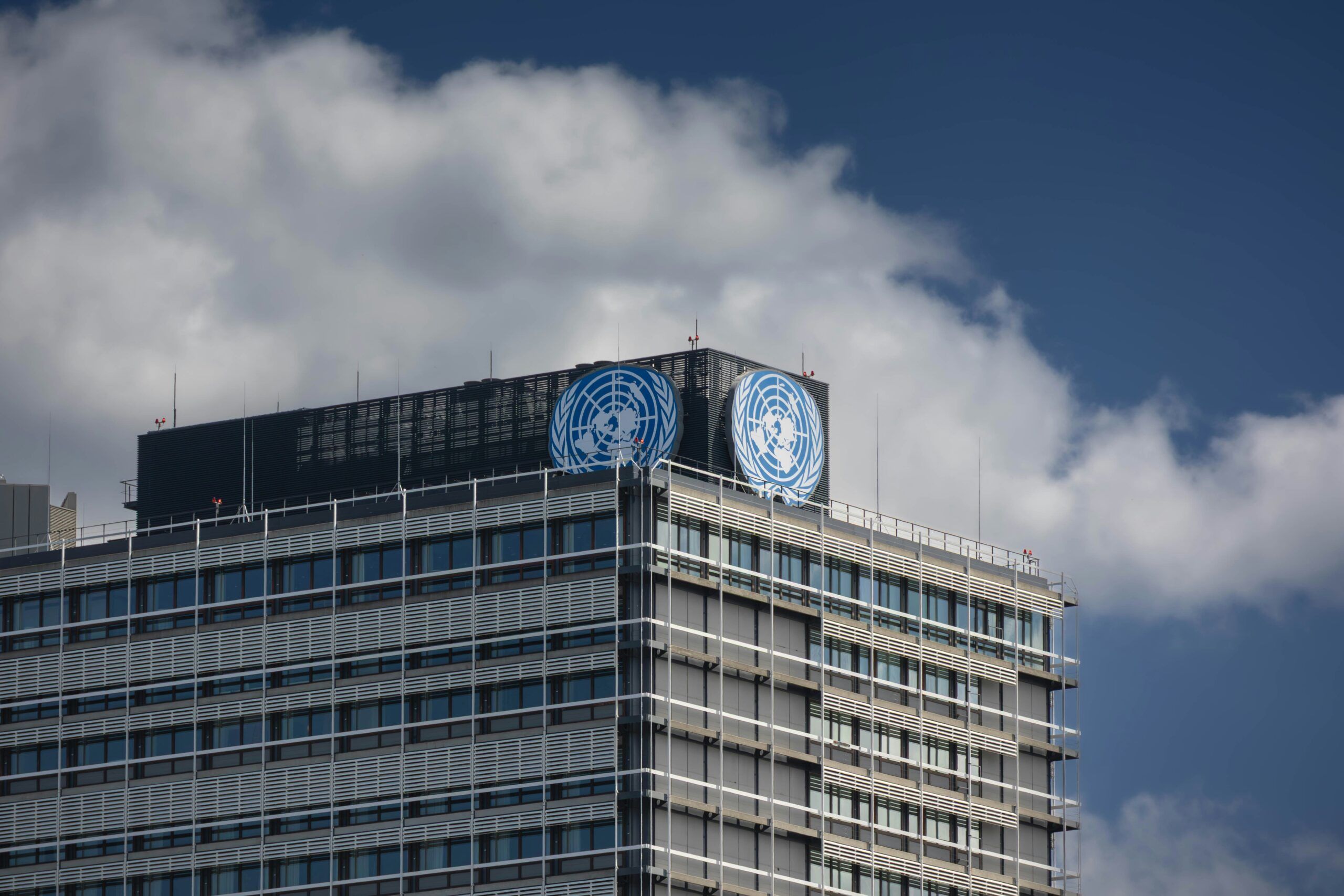
Array
(
[thumbnail] => https://s42831.pcdn.co/wp-content/uploads/2022/12/depositphotos_410302704_l-150x150.jpeg.optimal.jpeg
[thumbnail-width] => 150
[thumbnail-height] => 150
[medium] => https://s42831.pcdn.co/wp-content/uploads/2022/12/depositphotos_410302704_l-300x200.jpeg.optimal.jpeg
[medium-width] => 300
[medium-height] => 200
[medium_large] => https://s42831.pcdn.co/wp-content/uploads/2022/12/depositphotos_410302704_l-768x512.jpeg.optimal.jpeg
[medium_large-width] => 768
[medium_large-height] => 512
[large] => https://s42831.pcdn.co/wp-content/uploads/2022/12/depositphotos_410302704_l-1024x682.jpeg.optimal.jpeg
[large-width] => 1024
[large-height] => 682
[1536x1536] => https://s42831.pcdn.co/wp-content/uploads/2022/12/depositphotos_410302704_l-1536x1024.jpeg.optimal.jpeg
[1536x1536-width] => 1536
[1536x1536-height] => 1024
[2048x2048] => https://s42831.pcdn.co/wp-content/uploads/2022/12/depositphotos_410302704_l.jpeg.optimal.jpeg
[2048x2048-width] => 2000
[2048x2048-height] => 1333
[gform-image-choice-sm] => https://s42831.pcdn.co/wp-content/uploads/2022/12/depositphotos_410302704_l.jpeg.optimal.jpeg
[gform-image-choice-sm-width] => 300
[gform-image-choice-sm-height] => 200
[gform-image-choice-md] => https://s42831.pcdn.co/wp-content/uploads/2022/12/depositphotos_410302704_l.jpeg.optimal.jpeg
[gform-image-choice-md-width] => 400
[gform-image-choice-md-height] => 267
[gform-image-choice-lg] => https://s42831.pcdn.co/wp-content/uploads/2022/12/depositphotos_410302704_l.jpeg.optimal.jpeg
[gform-image-choice-lg-width] => 600
[gform-image-choice-lg-height] => 400
)
Kenya’s Election 2022: Institutions’ coming of age in governance and violence prevention
Kenya went through a blip in 2007-08 where the country—once considered a peaceful country and the economic hub of the East African region—unraveled into a spate of violent conflict that lasted close to six months. Prior to this, violence during the election period had come to characterize elections since the adoption of multi-party democracy in 1990. The only difference is that during the previous 15 years, violence was more state sponsored, targeted to intimidate or uproot communities that were considered anti-government from regions that were government controlled. In this particular case, it had similar characteristics, with the main difference being that there was more ethnic-based attacks and clashes between political parties. The main grievance was the outcome of the presidential election, which was considered broadly irregular. Until then, what had emerged was the fact that the institutions controlling the electoral process could not deliver free, fair, and peaceful elections according to the will of the people, especially if that will be contrary to the will of the state, due of the extent of state capture in these institutions.
The Kofi Annan-led Commission of National Reconciliation and Dialogue that was constituted to resolve the impasse, recognized the importance of building strong, independent institutions and restoring the confidence of Kenyans in the ability of these institutions to function effectively and deliver for the public good.
The Commission identified various issues that required specific action. These included:
- constitutional reform,
- reform of the judiciary,
- reform of the police,
- reform of the civil service,
- land reform,
- addressing inequality and regional imbalances,
- addressing the unemployment of youth,
- consolidating national cohesion and unity, and
- promoting transparency and accountability.
The contending parties, Party of National Unity (PNU) of the incumbent President Hon. Mwai Kibaki and the Orange Democratic Movement (ODM) of Rtd Hon. Raila Odinga signed a joint accord brokered by Kofi Annan in 2008.
An Independent Review Commission led by Justice Johann Kriegler was also constituted to review the conduct of those elections and make recommendations on how they could be improved. This Commission made several recommendations. These included recommendations that all laws relating to elections should be consolidated into one, and that a special election dispute was filed and determined within the stipulated amount of time by the Supreme Court, sitting as an electoral court (and a creation of the Constitution). In so doing, the elevation of the Judiciary as a legal and reliable mechanism for addressing electoral disputes was entrenched. court should be established to handle appeal matters and also stipulate the time within which these matters should be concluded. It also made recommendations for the reform of the then-electoral management body, streamlining of the voter registration process, amongst a raft of other recommendations.
Reflecting on the significant progress in the electoral process since 2007-08
Looking at the evolution of the electoral process and the institutions responsible in this process, significant strides have been made since that dark moment in Kenya’s history. The first was the passing of a new constitution in 2010, which amongst other things established the institutional framework for election management as well as the management of election disputes. The Constitution of Kenya 2010 establishes the Independent Electoral and Boundaries Commission (IEBC) and is responsible for conducting or supervising referenda and elections to any elective body or office established by the Constitution, along with any other elections as prescribed by an act of Parliament. It also provides the process for addressing any election disputes that may arise from this process, including stipulating the timelines for the process.
The 2013 elections were the first real test for this institutional framework. In line with the recommendations of the Kriegler commission, the Kenya Election Act 2011 allowed the IEBC to register voters using the Biometric Voter Registration system. Rather than the previous process where Kenyans had to re-register as voters during every election and was issued a voter’s card, the process was simplified to a one-time registration, followed by verification exercises before every election. Though the process was not perfect at first, it has consistently improved with every subsequent election, and began to address the issue of “ghost voters.” During this year’s election this was the first time a presidential election dispute was filed and determined within the stipulated amount of time by the Supreme Court, sitting as an electoral court (and a creation of the Constitution). In so doing, the elevation of the Judiciary as a legal and reliable mechanism for addressing electoral disputes was entrenched.
The strength and validity of the Judiciary was further strengthened in 2017, following the disputed presidential elections. In 2017, having heard the petition and evidence presented, the Supreme Court nullified the presidential results, in effect ruling against an incumbent president. This was the biggest test of independence that the Judiciary has ever displayed. It is for this reason that now in 2022, the party that was aggrieved by the election results, proceeded to file their petition in the Supreme Court on August 22, 2022 rather than calling for mass action to protest the elections as was the practice in the past.
A total of eight petitions were submitted to the Supreme Court by the aggrieved political party (Azimio Coalition), interested citizens, and other civic groups. Seven of the petitions challenged the presidential election results where the Kenya Kwanza candidate Hon. Dr. William Ruto had been declared the winner and the Azimio Coalition candidate Rtd Hon Raila Odinga a close second. The eighth petition sought the dismissal of the Azimio Coalition’s petition and was dismissed by the court, while the other seven were consolidated as they raised similar issues. The court identified nine issues that it would consider evidence for determination. On September 5, 2022 the Supreme Court returned their verdict upholding the election results and thereby confirming Dr. Ruto as the president-elect, citing lack of evidence to support the allegations made by the petitioners. Many Kenyans interviewed, including politicians, expressed both their disappointment and appreciation of the decision based on their political leaning respectively. However, the common narrative from either divide, was that they respect the decision of the court and were ready to move on. In her remarks, the Chief Justice of the Supreme Court, Lady Justice Martha Koome, reiterated that this process was a demonstration of Kenya’s maturing democracy.
Each of these electoral disputes have resulted in some valuable rulings that have contributed to further strengthening and refining electoral jurisprudence in Kenya. For example, to deal with the challenge of election results being tampered with, between a polling station and the final tallying center, in the 2017 ruling by the Supreme Court, the court ruled that presidential elections would be publicly declared at the polling station. Once counting of votes was done at the polling center, the results would be recorded in a form (Form 34A) and would be read out loud, and publicly displayed to those who were present and signed not only by the election officials at that polling station, but also by the party agents. These would then be photographed by the polling officials and uploaded onto the IEBC server immediately. In this 2022 election, IEBC went a step further and opened up the server so that anyone could download all the 46,299 forms and undertake their own independent tally. As such political parties, media and the general public were now able to carry out an independent tally alongside the IEBC tallying. In doing so, this made the process transparent, and was instrumental in diffusing the tension associated with the final tallying process.
Another key institutional reform was that in 2008, the National Cohesion and Integration Commission was established with the sole mandate of prevention of discrimination on the basis of race or ethnicity, advocating for cohesiveness among the diverse groups in the country and enforcing the legal provisions of the National Cohesion and Integration Act 2008. Amongst various functions, the commission monitors any inflammatory remarks made against a community or individual(s). The commission has been on record calling out politicians for inflammatory remarks on several occasions. In addition, the process of the International Criminal Court, that was initiated following the violence of 2008, demonstrated to individuals, particularly politicians, that they would bear personal liability if they were involved in instigating violence. As a result of this, it can be said that politicians have exercised more restraint even in how they communicate their dissatisfaction with the results being careful not to be on record as calling for violence against a group or individuals.
The Kenyan election process of 2022 has been a display of a maturing democracy at various fronts.
This was the one election in Kenya’s history whose agenda was issue-based on most counts. The two major coalitions campaigned on policy-based agendas, with the Azimio coalition leveraging on good governance and anti-corruption as the basis for building a prosperous country and the Kenya Kwanza coalition focusing on what they dubbed “the bottom up” economics aimed at growing the economy by facilitating the bottom majority to grow. Questions of public debt, cost of living, unemployment, industrialization, foreign policy, amongst others were prosecuted on daises in public rallies. For example, the role of China in Kenya’s economy—previously a question considered a non-issue in any campaign—made its way in both coalitions’ conversations. The Azimio coalition took issue with what they considered irresponsible borrowing from China, while the Kenya Kwanza team took issue with the economic disruption brought about by cheap, low-quality Chinese products flooding the market; proliferation of small businesses run by Chinese nationals; and Chinese workers currently flooding the Kenyan labor market.
The institutional framework that manages elections in Kenya is far from perfect, as was noted by the Supreme Court in their recent ruling on Monday, September 5. However, there has been progressive evolution that has systematically built the confidence of Kenyans in believing that there is a place for strong, credible, accountable, and transparent institutions at different levels of government, and being part of an electoral architecture that is capable of delivering free, fair, and peaceful elections. This confidence in institutions has played a significant role in diffusing tensions and providing avenues for addressing grievances, thereby preventing violent conflict during elections.
Photo: Male voter drops a ballot in a transparent ballot box against the background of the Kenya national flag, concept of state elections, referendum, (c) Depositphotos/kittyfly
More Resources
-
-

UN80: The Challenge of Mandate Reform
Bruno Ríos
Stay Connected
Subscribe to our newsletter and receive regular updates on our latest events, analysis, and resources.
"*" indicates required fields

